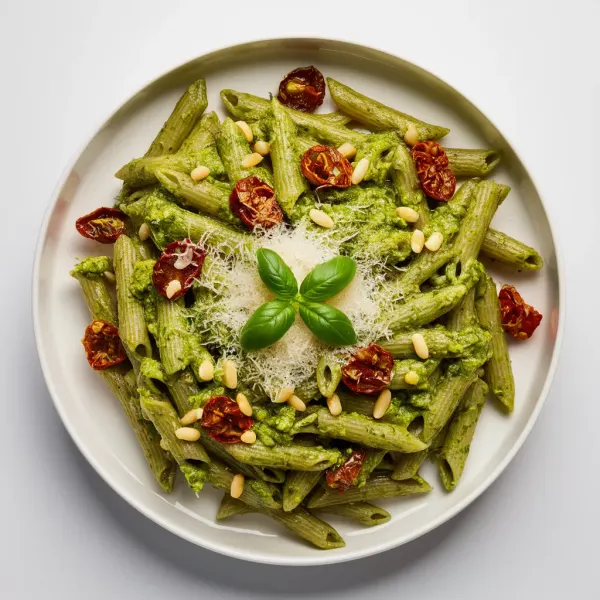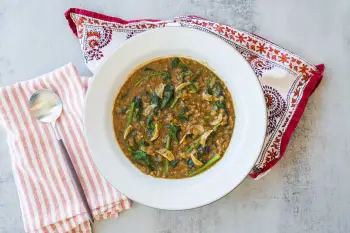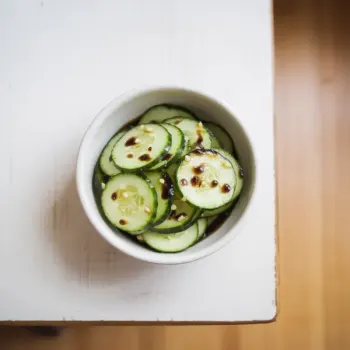
 25 minutes
25 minutesA comforting and flavorful pasta dish with creamy pesto sauce, topped with freshly grated Parmigiano-Reggiano.


tablespoons
Penne Pasta
0 lb
Basil Pesto
cups
Parmigiano-Reggiano, freshly grated
cups
Chopped Walnuts, optional
cups
1. Boil Water
Start by bringing a large pot of water to a rolling boil. Use around 6 quarts of water and add 3 tablespoons of kosher salt. The generous amount of salt ensures the pasta is well-seasoned as it cooks.
2. Cook Pasta
Once the water is boiling, add 1 pound of pennette or penne pasta. Cook the pasta for 8-12 minutes, stirring occasionally, until it's just al dente, which means it should be firm to the bite. Al dente pasta holds the sauce better, giving you a delightful texture with each bite.
3. Reserve Pasta Water
Before draining the pasta, reserve ½ cup of the pasta water. This starchy water will help emulsify the pesto sauce, creating a creamier consistency. After reserving the water, drain the pasta using a colander.
4. Combine Pasta and Pesto
Transfer the drained pasta to a serving bowl. Add 2/3 cup of your preferred pesto – whether it's Basil, Walnut, or Broccoli Rabe – and pour in about ¼ cup of the reserved pasta water. Toss and stir the pasta vigorously until each piece is well coated with the pesto. The pasta water not only helps to distribute the sauce evenly but also gives the dish a beautiful, glossy finish.
5. Serve and Garnish
Serve the pasta immediately, topped with freshly grated Parmigiano-Reggiano. If you're using Walnut Pesto, you can also sprinkle some chopped walnuts on top for an extra crunch and flavor dimension.
Use fresh basil leaves, pine nuts, and high-quality Parmesan cheese for your pesto. Homemade pesto is preferable, using a mortar and pestle or a food processor.
Reserve a cup of pasta water before draining to help emulsify the sauce and ensure it clings to the pasta.
Add cream gradually and consider lemon zest or juice to balance the richness of the sauce against the fresh pesto.
Adjust sauce thickness with reserved pasta water for a sauce that properly coats the back of a spoon.
Aim for al dente pasta by starting to taste a few minutes before the recommended cooking time; drain when it's slightly less than al dente to finish cooking in the sauce.




Comments (0)